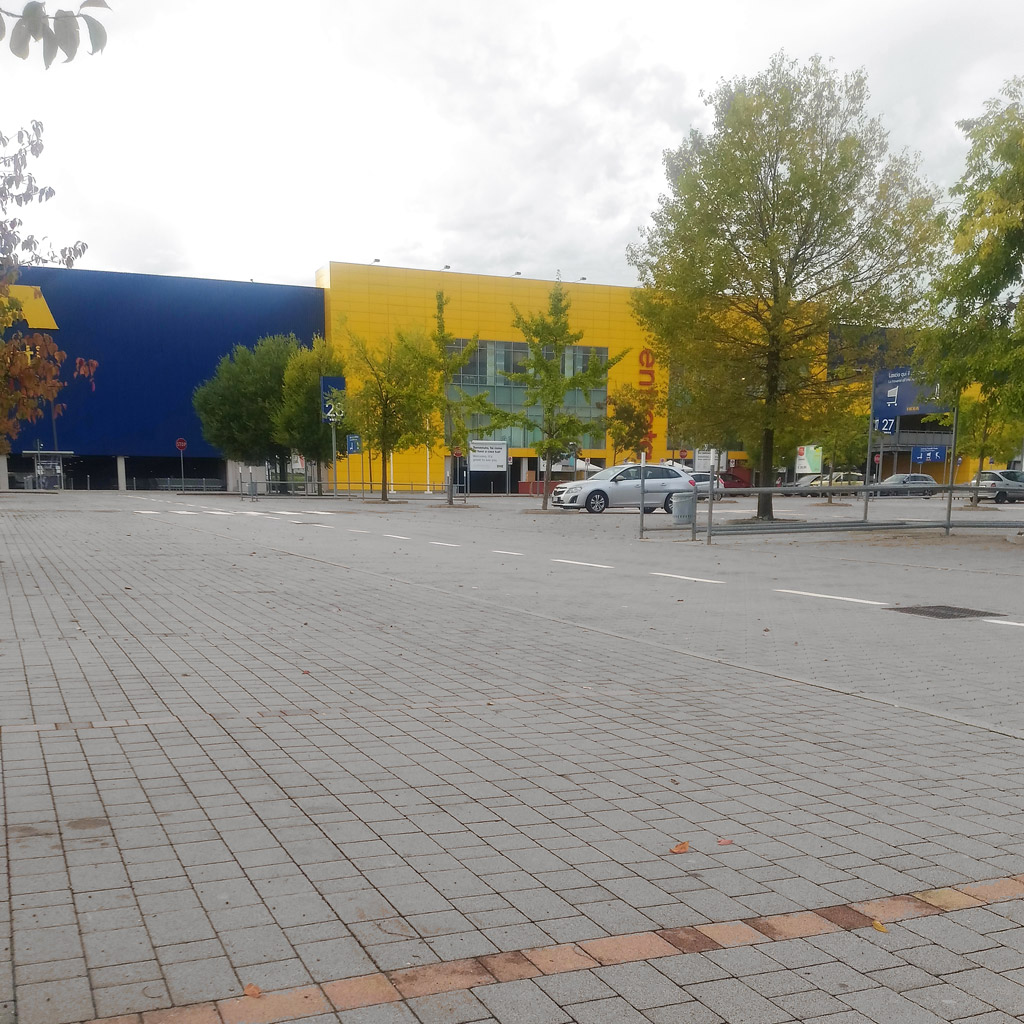RECORD’s Research and Development office promotes the study and implementation of products that bring effective and measurable benefits to customers, end users and the environment.
The LEED® rating system currently represents the best protocol for evaluating the eco-sustainability characteristics of buildings and defines the evaluation criteria for products, guaranteeing a higher market value for the most virtuous buildings.

